In iOS 15.4 beta 1, Apple begins testing the possibility of using Face ID while wearing a mask or respirator, but without the need to have an Apple Watch. This is a relatively important step in the use of iPhones in public during the coronavirus pandemic. But isn't that a security issue?
“Face ID is most accurate when it is set to only recognize the whole face. If you want to use Face ID when you have a mask on your face (in Czech it will probably be a mask/respirator), the iPhone can recognize the unique features around the eyes and verify them." That's the official description of this new feature that appeared in the first beta of iOS 15.4. You do not have to cover your airways while setting the function. However, the device focuses more on the area around the eyes during the scan.
It could be interest you
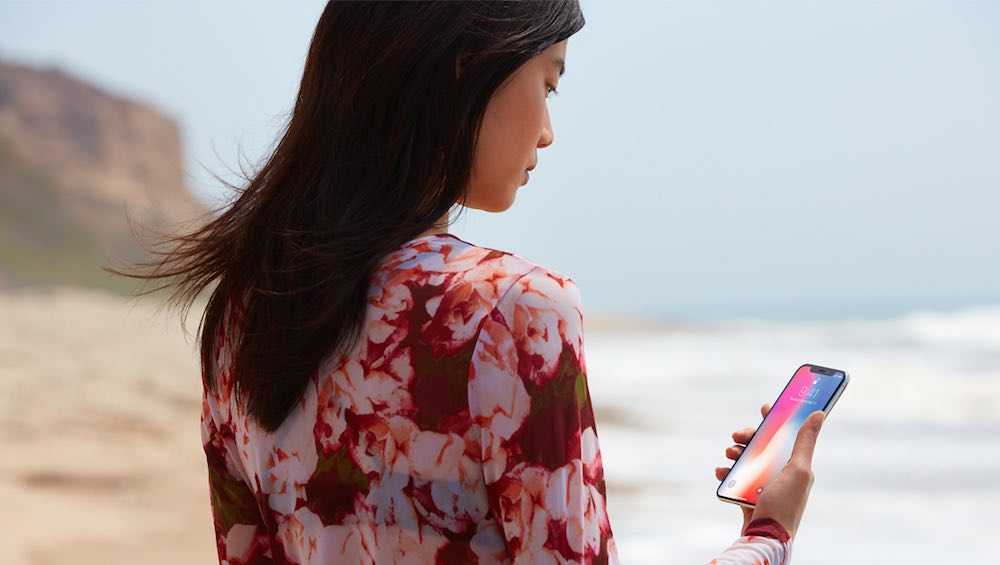
This new option is located in Settings and menu Face ID and code, that is, where Face ID is already determined. However, the menu "Use Face ID with a respirator/mask" will now be present here. Although Apple is at least two years behind when we'd start using this feature on a regular basis, it's still quite a step forward, as many iPhone users don't have an Apple Watch that will unlock your iPhone even if you have a respiratory protection on. In addition, this solution is also not one of the most secure.
With glasses, verification is more accurate
But Face ID is getting one more improvement, and that concerns the glasses. "Using Face ID while wearing a mask/respirator works best when it's set to also recognize the glasses you regularly wear," the feature describes. It does not support sunglasses, but if you wear prescription glasses, verification will paradoxically be more accurate with them than without them.
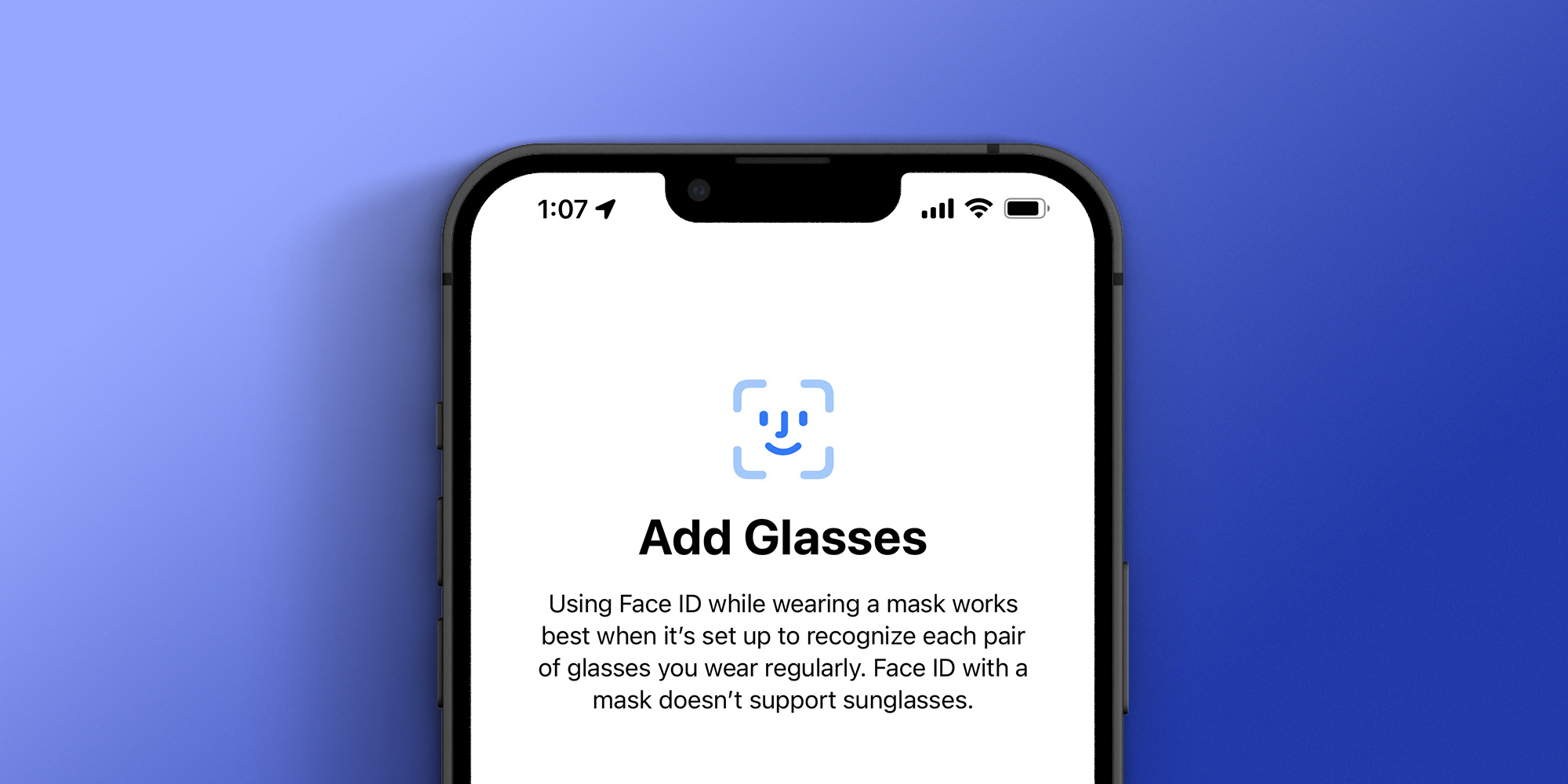
You may recall that when Apple introduced the iPhone X, it mentioned that some sunglasses would not work with Face ID depending on their lenses (especially polarized ones). Since face recognition settings with a mask or respirator require the TrueDepth camera system to analyze only the eye area, it wouldn't make sense to cover that area with sunglasses. Prescription glasses are fine, and to the benefit of the cause.
It could be interest you

Security wants its performance
But what does it look like?, this feature won't be for everyone. Scanning unique facial features in the eye area will obviously be a more demanding process that needs some device performance, so this feature will only be available from iPhones 12 and up. These claims could then be related to security, where with the latest generations of iPhones, Apple can ensure the security of the function itself without the risk of another person breaking the system, because imitating the eyes is, after all, easier than imitating the whole face. Or maybe Apple just wants to force users to upgrade their device, that's certainly a possible option as well.
Magazine 9to5mac has already performed the first tests of the function and mentions that unlocking an iPhone with the airways of the face covered is as consistent and fast as it is with regular user authentication through "classic" Face ID. In addition, you can turn this feature off and on at any time without having to perform a new scan. Since the first beta is out and the company is still working on iOS 15.4, it will take some time before we can all use this feature. However, compared to the rather boring update to iOS 15.3 without major news, this one will be much more expected.
It could be interest you
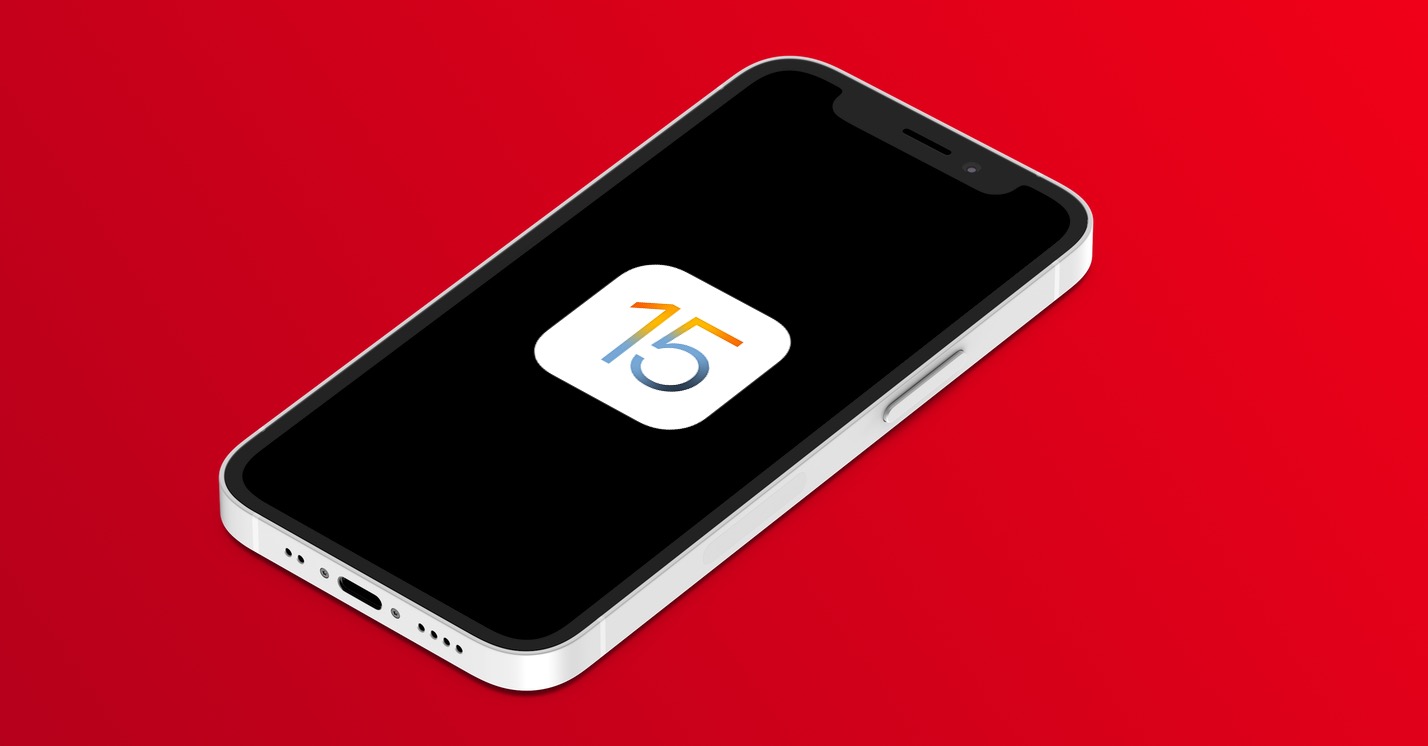


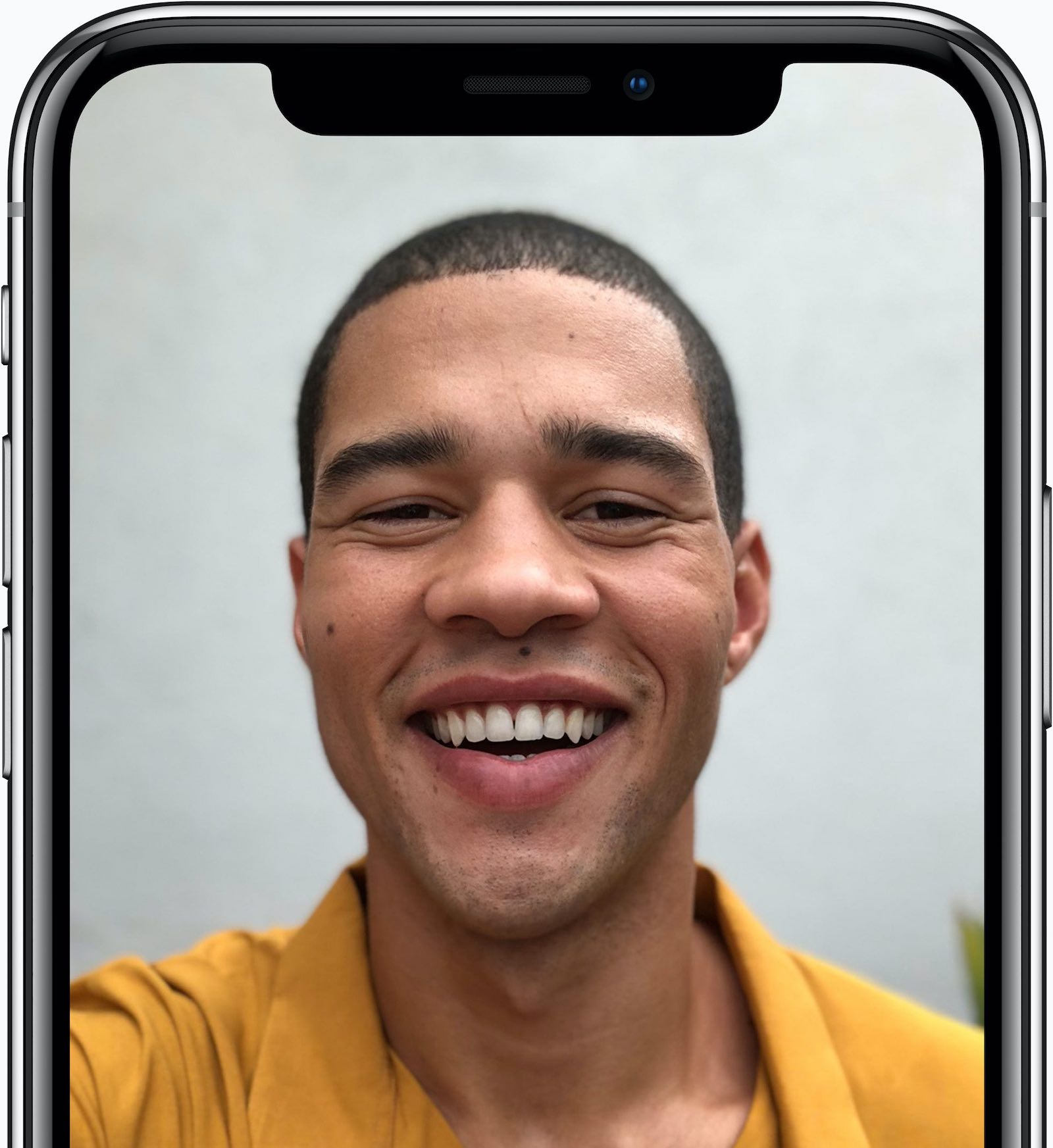
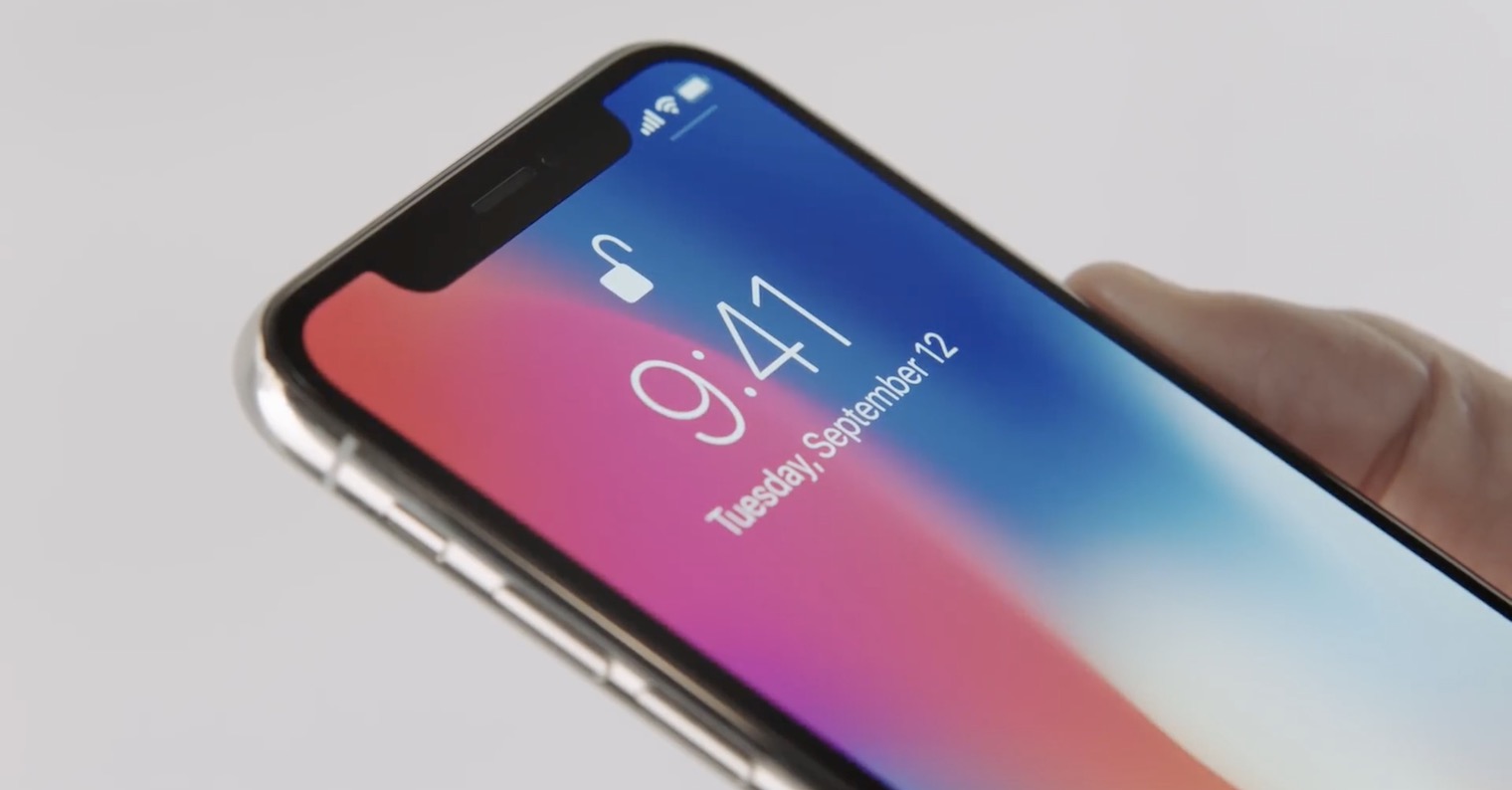

 Adam Kos
Adam Kos 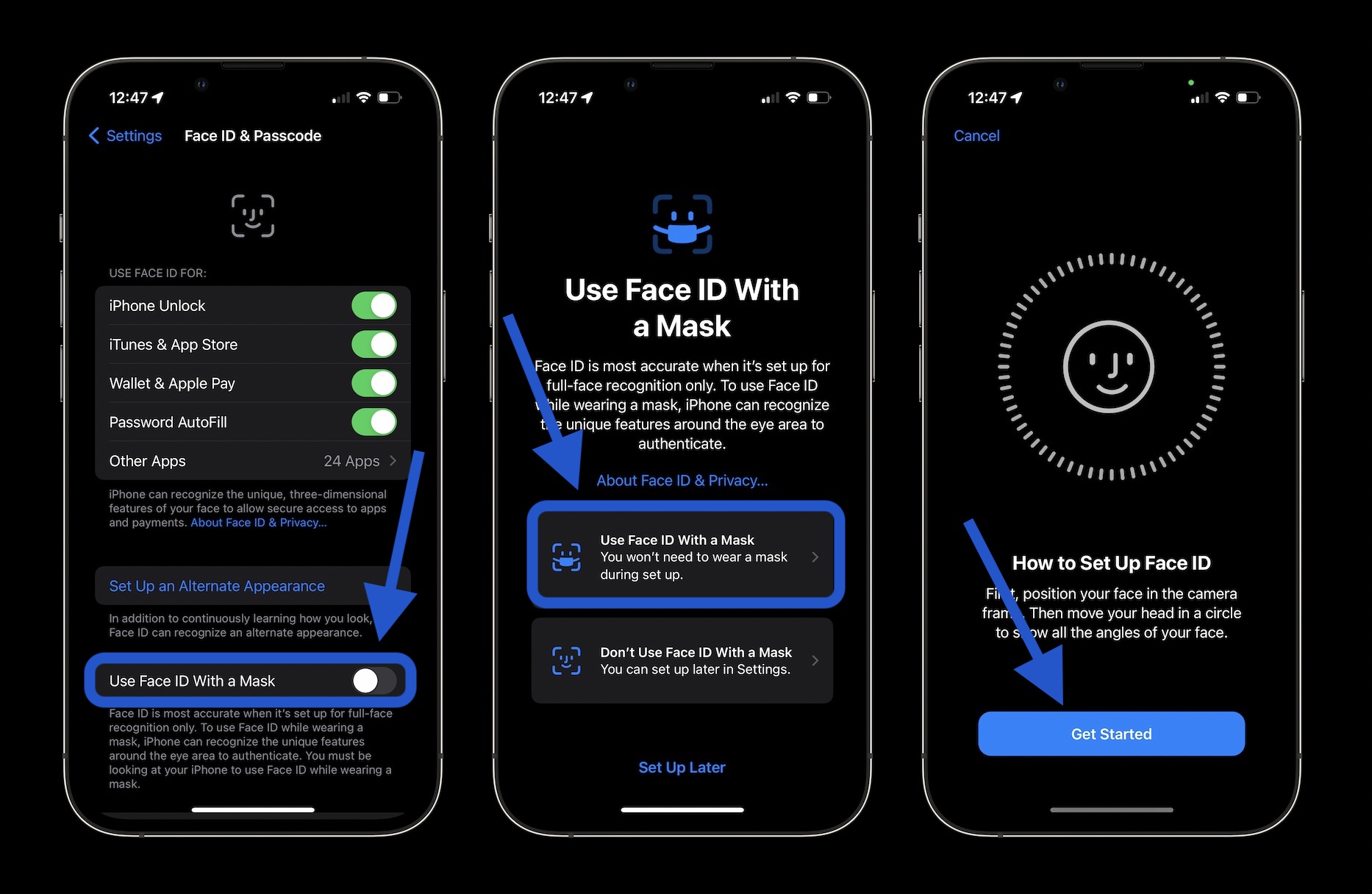
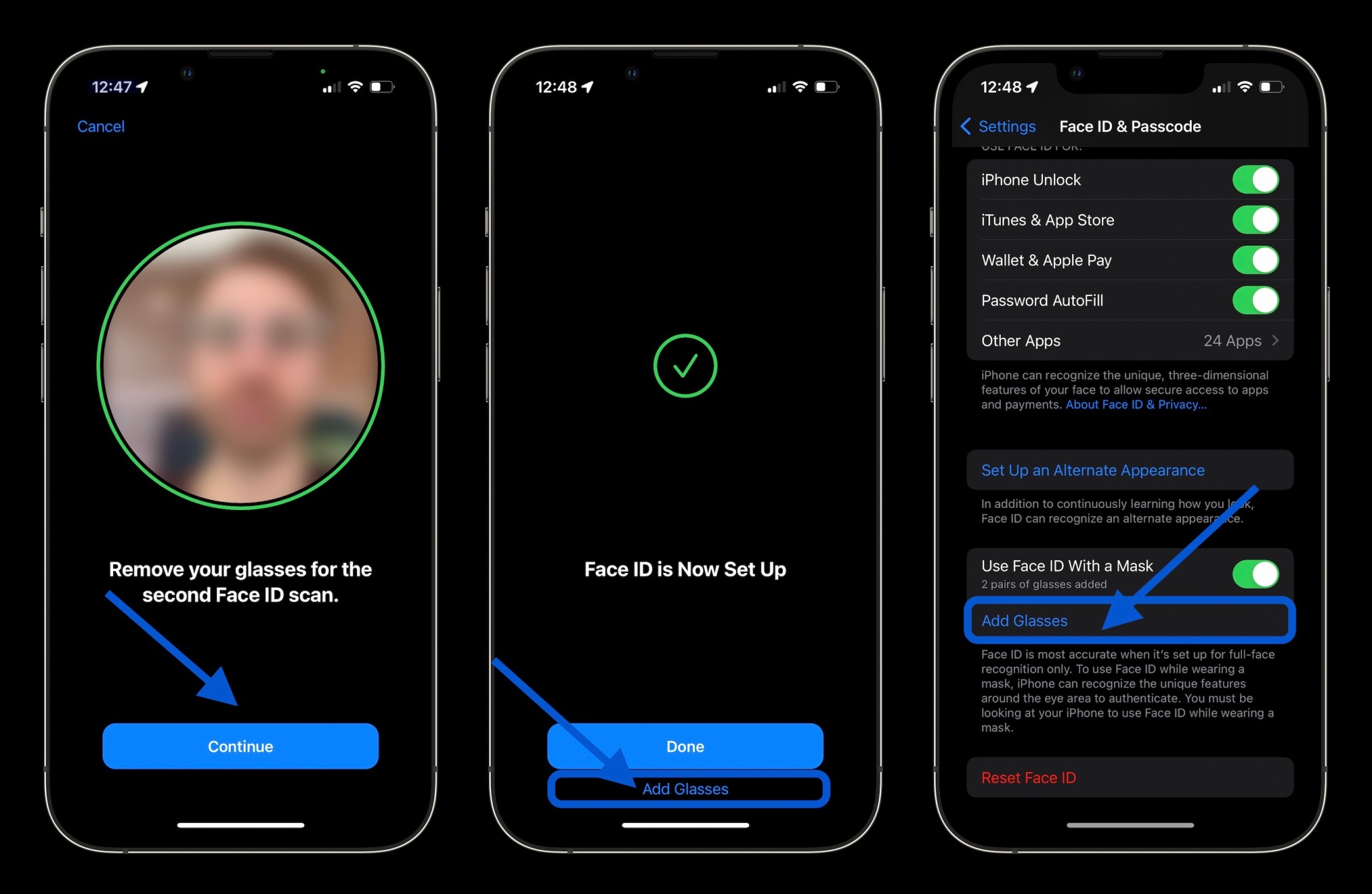
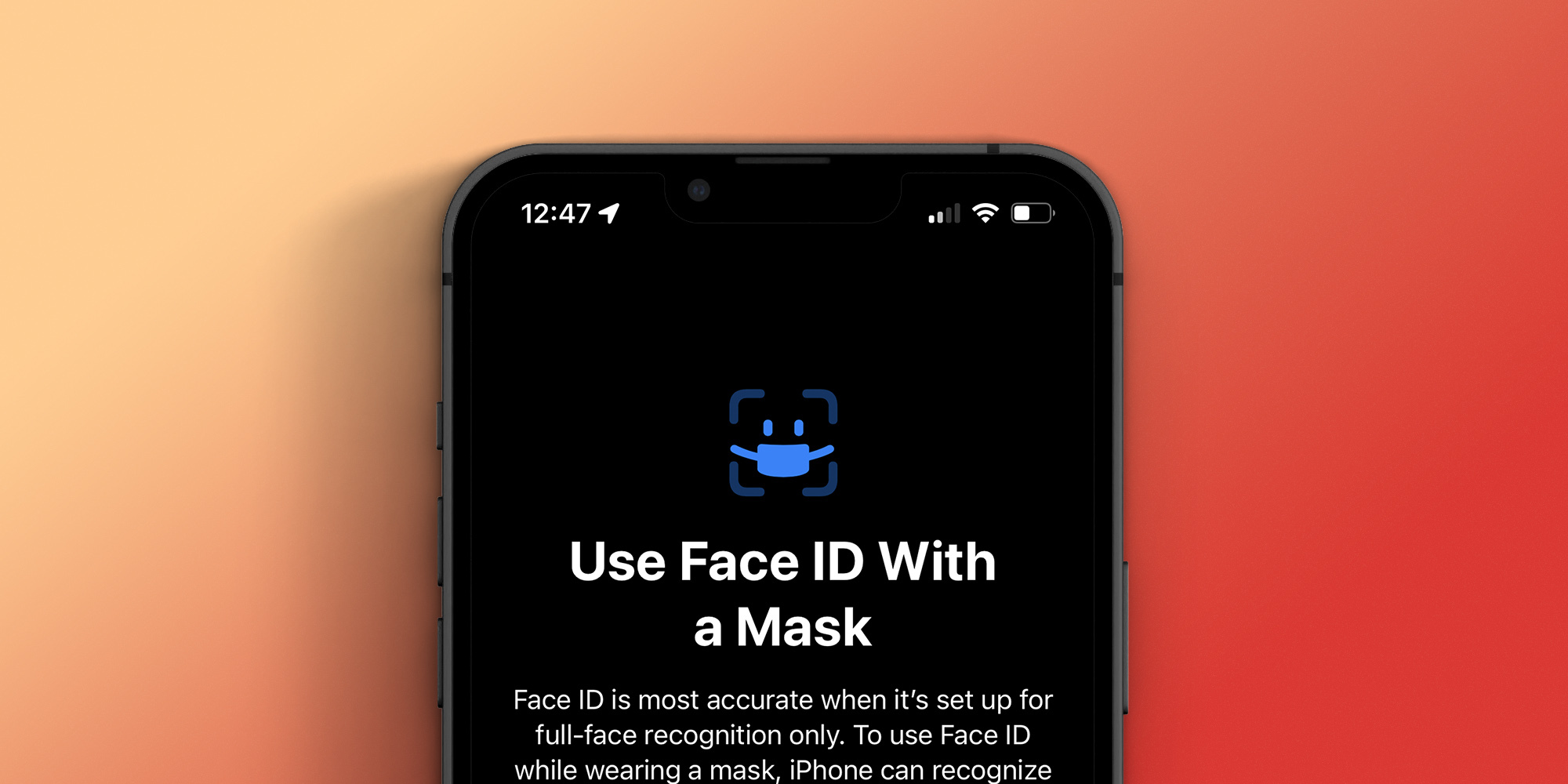
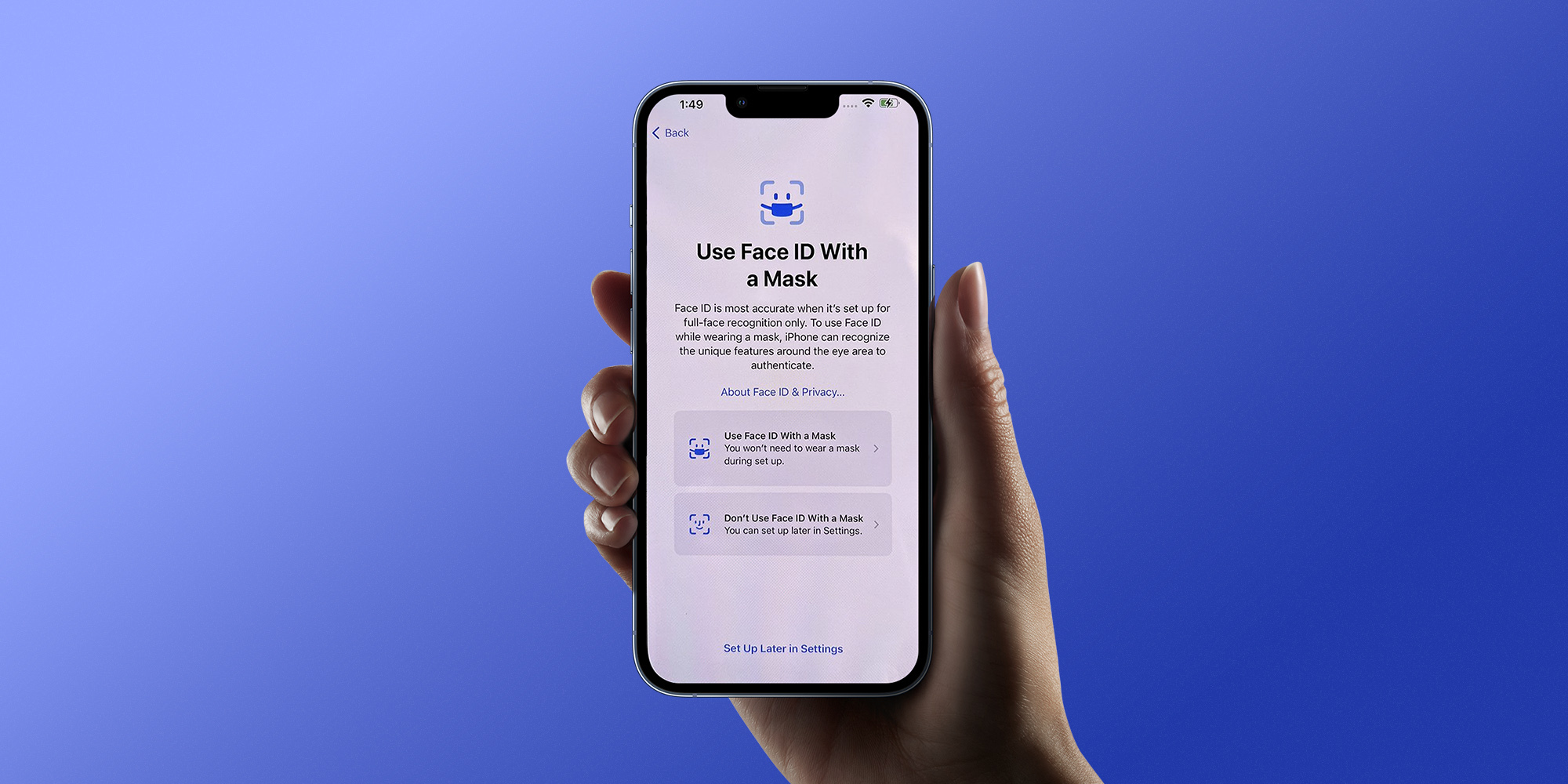
They should have added that a long time ago, but not for the last time. 😂